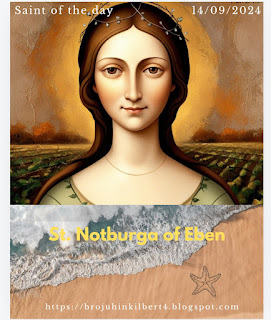Introduction
Saints Michael, Gabriel, and Raphael are the three archangels recognized in the Christian tradition, especially in Catholicism. They are celebrated together on **September 29** in a feast known as the **Feast of the Archangels**. Each of these archangels has a specific role in the divine plan, serving as messengers and protectors of God's people.
Archangel Michael, Leader of the Heavenly Army
Role: He is the protector of the Church and is often depicted as a warrior defending heaven from the forces of evil. In the Book of Revelation, Michael leads the heavenly army against Satan.
Patronage: He is the patron saint of soldiers, police officers, and those in battle.
Depictions: Typically shown with armor, a sword or spear, and a shield, sometimes standing over a defeated dragon or demon.
Archangel Gabriel, Messenger of God
Role: Gabriel is known for delivering important messages from God. His most famous appearances are in the Book of Daniel, where he explains visions, and in the New Testament, where he announces the births of John the Baptist to Zechariah and Jesus to the Virgin Mary (the Annunciation).
Patronage: Gabriel is the patron saint of messengers, postal workers, and telecommunications.
Depictions: He is often portrayed with a lily, symbolizing purity, or with a scroll.
Archangel Raphael, Healer of God
Role: Raphael is known as a healer and guide. In the Book of Tobit, he guides Tobit’s son Tobias and helps to heal Tobit’s blindness. Raphael’s name means "God heals."
Patronage: He is the patron saint of travelers, healers, and those seeking guidance.
Depictions: Often shown with a staff, a fish (from the healing in the Book of Tobit), or sometimes walking alongside a young Tobias.
Significance of the Feast
Unity of the Archangel: The feast day emphasizes the distinct yet complementary roles of the archangels in God’s plan. Their feast is a celebration of God's messengers who bring protection, healing, and divine guidance.
The archangels hold a special place in Christian tradition as protectors, healers, and messengers. Their feast day is a reminder of the ongoing spiritual battle and the presence of divine help in human affairs.


















